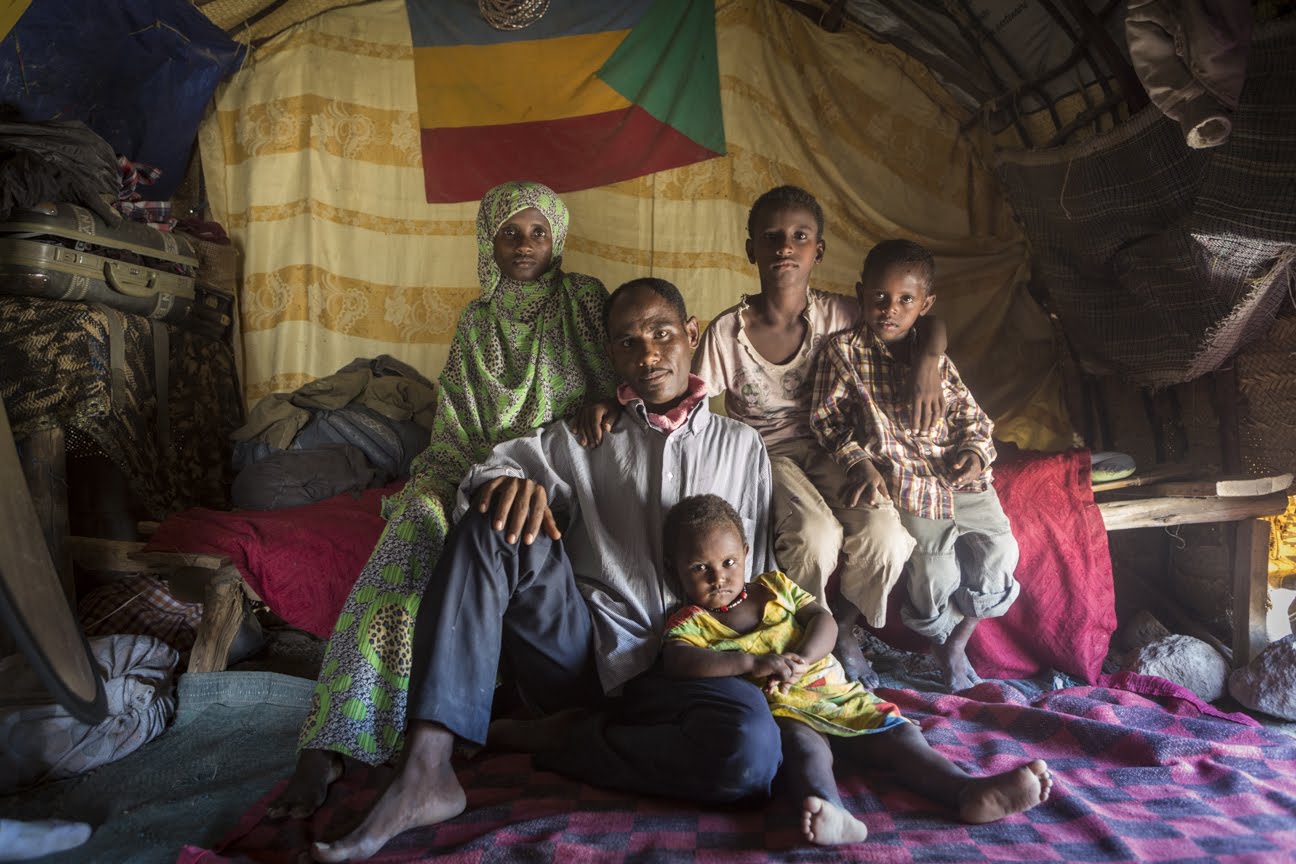RefugePoint recently participated in the virtual Annual Tripartite Consultations on Resettlement, the leading global policy event on resettlement and complementary pathways. As always, we played a prominent role in a number of ways.
On the first day, our relatively new family reunification and economic mobility programs were highlighted as successful examples of innovative complementary pathways programming. At the same time, our longstanding deployment partnership with UNHCR was recognized as a cornerstone of the global resettlement system, alongside the work of our other deployment partners, ICMC and DRC.
Later in the week, a colleague from UNHCR Headquarters and I gave a presentation at the opening session of the day, devoted entirely to complementary pathways. After we had set the stage, the agenda moved on to specific conversations on each of the three most significant complementary pathways: family reunification, economic mobility, and education. RefugePoint was front and center in two of them.
Hannah Elford, a RefugePoint Expert working with UNHCR as the coordinator for the global Family Reunification Network, moderated a moving and thought-provoking series of presentations on family reunification. Janet Ouma, our resettlement and complementary pathways coordinator in Nairobi, participated in a senior panel on economic mobility that, among many other points, celebrated the arrival of our first two clients in Canada just the week before.
We also took the ATCR as an opportunity to publicize our recent report on the critical importance of Preserving the Humanitarian Nature of Resettlement. In the report, we argue that needs-based resettlement is being pinched from two different sides, or from within and without. On the one side – from without – complementary pathways programs are getting a lot of attention and resources, much of which used to go to resettlement. On the other side – from within – many destination countries are layering increasingly restrictive integration factors on top of needs-based resettlement criteria when deciding which refugees to prioritize for resettlement. These often include requiring certain family size, language skills, educational experience, employment history, health status and much more. This effectively eliminates many thousands of refugees, truly in need of resettlement, from consideration.
While there may be some justification for redirecting resources to grow nascent complementary pathways programs – which may pay off in the long run – excluding refugees in need of resettlement from accessing what might be their only hope for a solution is much less justifiable.
This is a critical point that has not been said loudly or often enough in the past few years. Twice during the week of meetings at the ATCR, we were able to present our report to different groups of colleagues working for other NGOs. We were pleased to see not only significant interest in our findings, but real appetite from our peer organizations for taking up these points in our future collective advocacy. We look forward to doing our part to lead that conversation going forward.
